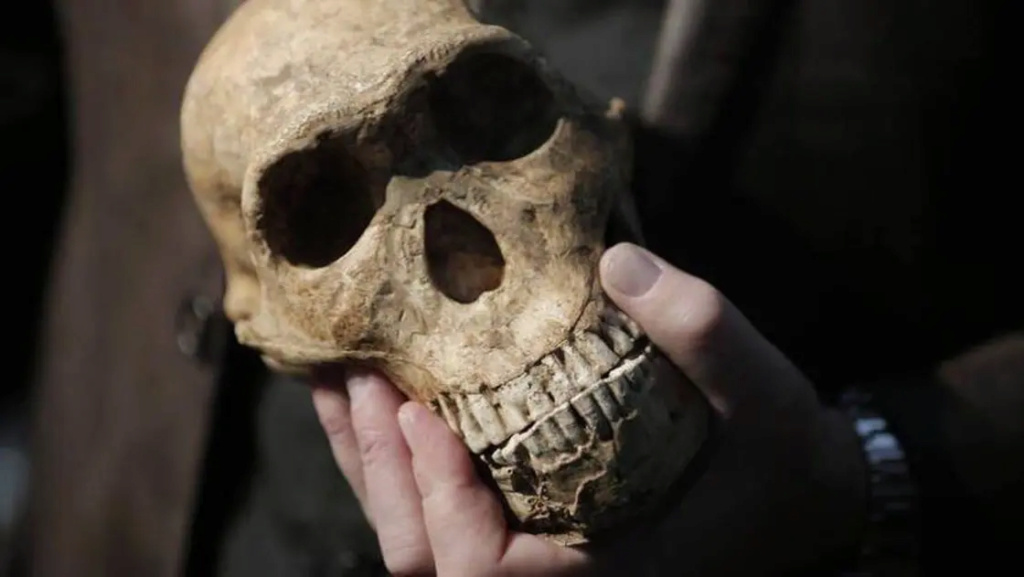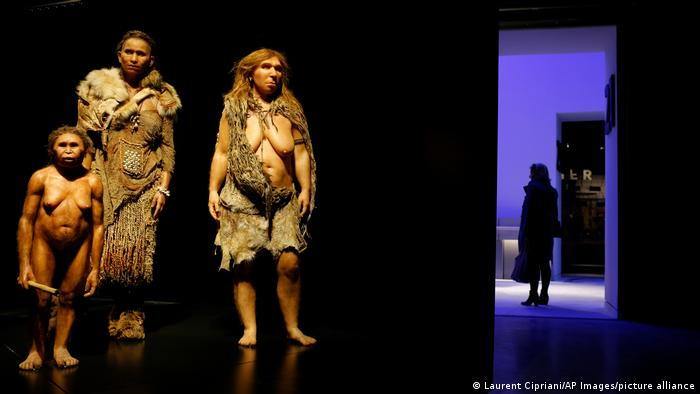One of the oldest fossils of Homo sapiens is much older than previously thought

The oldest known fossil of Homo sapiens in East Africa and even in the entire continent, before losing the title with the discovery of remains of primitive Homo sapiens in Morocco in 2017, dating back 300,000 years.
A recent study concluded that a fossil of Homo sapiens was discovered in Ethiopia and classified as one of the oldest of its kind, dating back to at least 230 thousand years, that is, it is about thirty thousand years older than it was thought, which again increases the age of our species.
The remains of Homo sapiens "Omo Kibish 1" were discovered in 1967 by the team of the famous Kenyan paleontologist Richard Leakey, who recently died, in the lower region of the Omo Valley in southern Ethiopia, a prehistoric site rich in hominin fossils.
Despite being severely damaged, the bones of the body and the remains of the skull presented a surprisingly modern shape, making Omo 1 the oldest known fossil of Homo sapiens in East Africa and even in the entire continent, before losing the title with the discovery of the remains of primitive Homo sapiens in Morocco in 2017. Its history goes back 300 thousand years.
Because Omo 1 was difficult to accurately date due to the lack of teeth, scientists initially estimated its age at 130,000 years. A study published in 2005 then estimated the age of the fossil at 195,000 years, based on analysis of surrounding sediments, a more reliable chronological marker in this case than direct dating on bones.

"Many mysteries remain about her age," said Celine Vidal, lead author of a new study published Wednesday in the journal Nature.
The volcanologist at the University of Cambridge has moved to the Omo-Kebesh sedimentary basin, which is fed by the Kepesh River, to carry out new excavations at the site. The region is located in the Great African Canyon, which witnessed violent volcanic eruptions between 30,000 and 60,000 years before our era.
Massive volcanic eruption
Ash ejected for hundreds of kilometres, intermingled over time among the sediments left on the Kibish River that, by gradually lowering its level, revealed the geological past, making the Omo Kibish a veritable "library", according to Celine Vidal.
Thanks to the examination of these different layers, the scientists were able to assess the age of the human remains through a dating method called "Argon-Argon" for the rare gases found in the rocks.
In the early 2000s, volcanic ash beneath sediments containing fossils was estimated to be around 195,000 years old. This means that Omo 1 was at that age at the latest, "as it can only be more recent than the level of ash beneath it," according to the volcanologist.

To be more precise, it was necessary to examine the thick layer of ash on top which was then necessarily formed. "Unfortunately, it was almost impossible because the ashes were very thin and more like flour," Vidal asserts.
With more sophisticated methods, her team was able to examine the layer of ash covering the remains and link these volcanic deposits to a massive eruption of the Shala volcano 233,000 years ago. These analyzes made it possible to date the "Omo" fossils under this layer, at "233 thousand years, with a margin of error of 22 thousand years," according to the study. This time estimate is minimal, meaning that these human remains may be even older.
"This is a huge leap through time," says paleoanthropologist Aurelian Monnier, one of the study's authors at the Musée de l'Homme. More importantly, the time scale is more in line with the latest models of human evolution.
This researcher at the National Center for Scientific Research explains that the new estimate "is close to the date determined by genetics, according to which modern humans branched into other human races about 300,000 years ago."
Omo 1 is also close to the age of the Moroccan excavations of Jebel Ighoud, which is also 300,000 years old. But it is the Ethiopian skull that now constitutes, according to Monnier, "the strongest evidence of the oldest presence of Homo sapiens" in all regions of his African cradle.
This is because when comparing the two samples' cranial vaults, Omo 1 "is the only one that fully possesses the morphological characteristics of modern humans." The more elongated shape of the skull of Jebel Igud leads to the belief that it is related to a more primitive form of our species.
Source : websites

